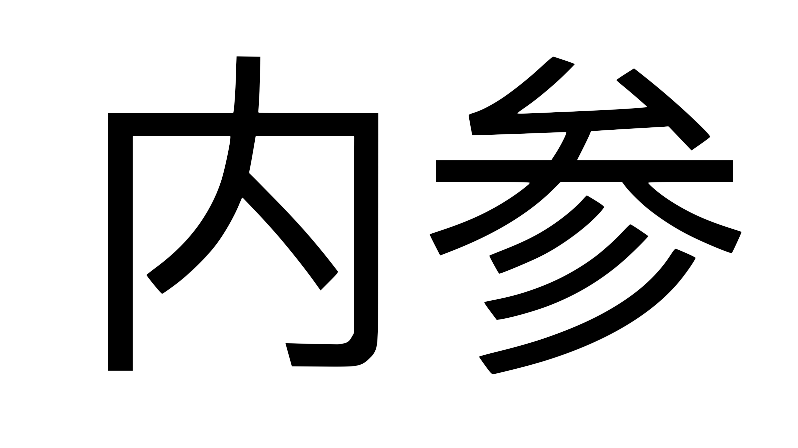Brief #134: Public Holidays in China: 2023
Are you confused about the dates of Chinese festivals and public holidays? Worry not; you are not alone.
For me, the confusion comes from the fact that the Gregorian calendar dates of some festivals change every year depending on the traditional Chinese lunisolar calendar.
Below is the list of the public holiday periods in China for 2023 followed by an explanation of how they are determined.
Public holidays 2023
Here are the 2023 public holiday periods as determined by the Chinese government:
- New Year (元旦): December 31, 2022 to January 2, 2023 (3 days)
- Spring Festival (春节): January 21-27 (7 days)
- Tomb-Sweeping Festival (清明节): April 5 (1 day)
- Labour Day (劳动节): April 29 to May 3 (5 days)
- Dragon Boat Festival (端午节): June 22-24 (3 days)
- Mid-Autumn Festival (中秋节) and National Day (国庆节): September 29 to October 6 (8 days)
Public holidays explained
China's public holidays are specified by the Regulation on Public Holidays for National Annual Festivals and Memorial Days (first issued in December 1949, and last amended by the State Council in December 2013).
Under the regulation, there are three categories of public holidays:
- public holidays that apply to all citizens of the PRC;
- public holidays that apply to parts of the citizenry; and
- public holidays for minority areas.
Public holidays for all PRC citizens
The first category includes seven public holidays (totalling 11 days):
- New Year's Day (January 1)
- Spring Festival (the first, second and third days of the first month of the traditional Chinese lunisolar calendar)
- Tomb-Sweeping Festival (the Day of the Tomb-Sweeping, which falls on April 4, 5 or 6)
- Labour Day (May 1)
- Dragon Boat Festival (the fifth day of the fifth month of the traditional Chinese lunisolar calendar)
- Mid-Autumn Festival (the fifteenth day of the eighth month of the traditional Chinese lunisolar calendar)
- National Day (October 1-3)
Out of the seven public holidays above, three are based on the Gregorian calendar (New Year's Day, Labour Day, National Day), and four (Spring Festival, Tomb-Sweeping Festival, Dragon Boat Festival, Mid-Autumn Festival) are based on the traditional Chinese lunisolar calendar.
The Tomb-Sweeping Festival falls on a day when the sun's ecliptic longitude is at 15°, which could be April 4, 5 or 6.
Public holidays for parts of the citizenry
The second category includes four public holidays:
- Women's Day (March 8): half-day holiday for women
- Youth Day (May 4): half-day holiday for youth between the age of 14 and 28
- Children's Day (June 1): a day holiday for children and adolescents below the age of 14
- Army Day (anniversary of the founding of the Chinese People's Liberation Army) (August 1): half-day holiday for PLA members on active duty
Public holidays for minority areas
Under the State Council regulation, holidays for traditional festivals of minorities are to be determined by local governments.
For example, the Xinjiang Uygur Autonomous Region government every year publishes a list of public holidays for the region, including national holidays (determined by the central government) and local holidays. In Xingjiang, there are two local holidays: Nowruz (肉孜节), the Persian New Year celebrated by Uyghurs, Tajiks, Salars and Kazakhs, and Eid al-Adha (古尔邦节), a major holiday for Islam.
Holiday periods
If you've read thus far, then you should be able to work out the public holiday days (yes, you'd have to consult the traditional Chinese lunisolar calendar).
But how are the holiday periods determined?
